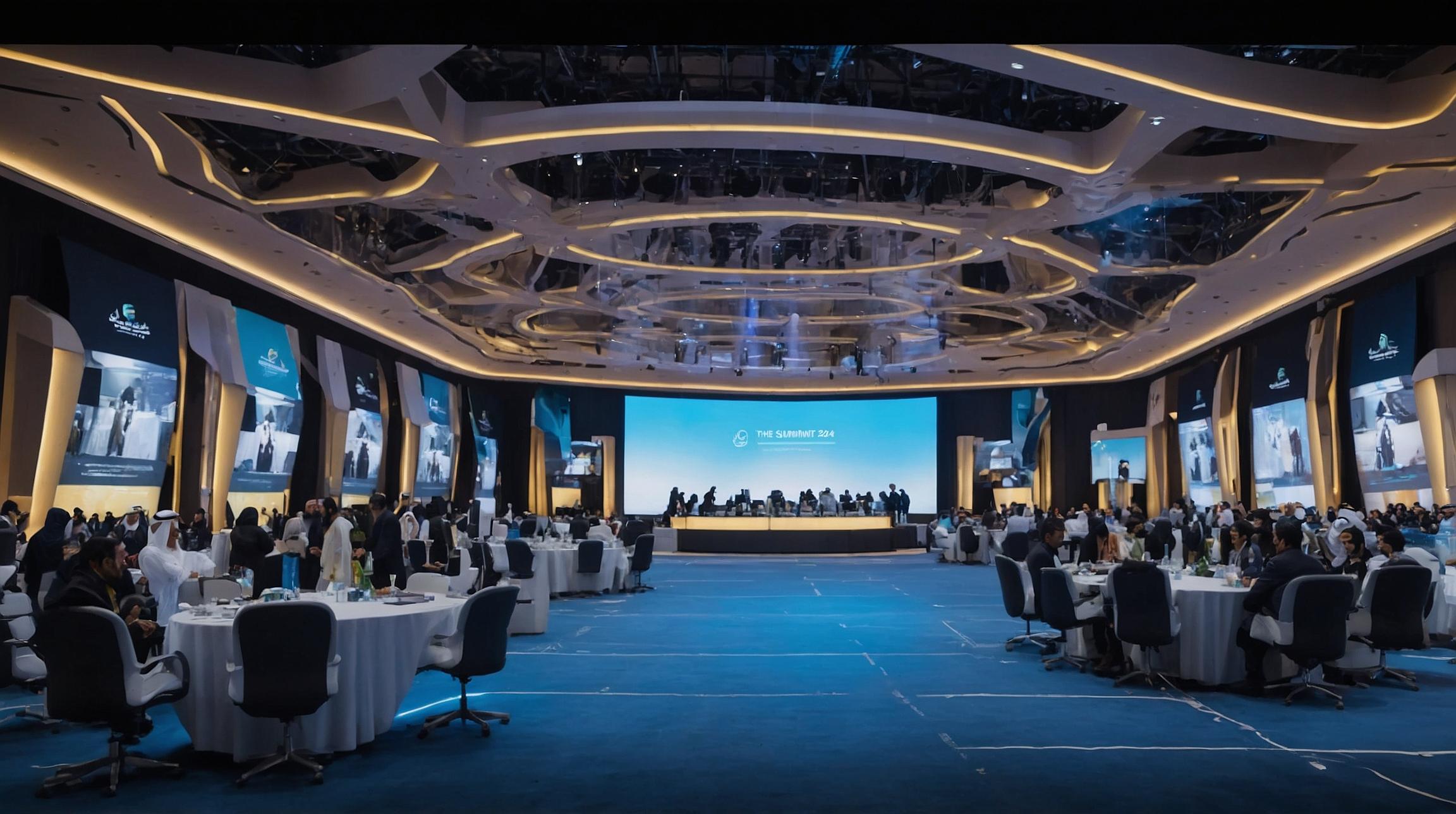University of Nottingham opens new virtual reality classroom to enhance engineering and design education
The University of Nottingham has recently unveiled a state-of-the-art virtual reality classroom, designed specifically to enhance the teaching of engineering and design. The classroom features 40 VR headsets, allowing students to explore and create products digitally.
Immersive learning experience
With the help of these VR headsets and hand controllers, students can now deconstruct simulated engines and conduct experiments in environments that closely resemble reality. This immersive learning experience provides a more detailed way for lecturers to share ideas with their classes.
Borrowable wireless headsets
In addition to the classroom technology, the University has made 90 wireless headsets available for students to borrow. This allows students to continue their studies outside of the classroom, giving them more flexibility in their learning.
Simon Harrison, the digital learning director at the University, believes that this technology will significantly reduce build times for engineering students. By being able to design more efficiently, make fewer mistakes, and save time on their work, students can better focus on honing their skills and mastering their craft.
Vast possibilities and international collaboration
Fifth-year student Hannah Snowden commented on how the VR experience closely resembles real life, offering vast possibilities by eliminating physical, real-world constraints. This opens up new avenues for creativity and problem-solving.
Furthermore, the University's initiative aims to foster real-time collaboration across its international campuses. This includes Nottingham's Ningbo campus in China, where students from different parts of the world can work together in labs or design-based exercises. This global collaboration enriches the learning experience and prepares students for the global workforce.
As technology continues to evolve, educational institutions like the University of Nottingham are incorporating innovative tools to enhance the learning experience for students. The new virtual reality classroom is just the beginning of what could be a transformative way of teaching and learning in the field of engineering and design.
Analyst comment
Positive news. The opening of the virtual reality classroom in Nottingham is expected to have a positive impact on the market. The utilization of VR technology in teaching engineering and design will enhance learning experiences for students by allowing them to explore and create products digitally. This technology is expected to improve efficiency, reduce mistakes, and save time for students in their engineering work. Additionally, the ability to borrow wireless headsets for studies outside the classroom will further support students’ learning. The initiative also promotes global collaboration among students, which will enhance their skills and knowledge in a more diverse and inclusive environment. Overall, the market is likely to see increased demand and adoption of VR technology in education.













